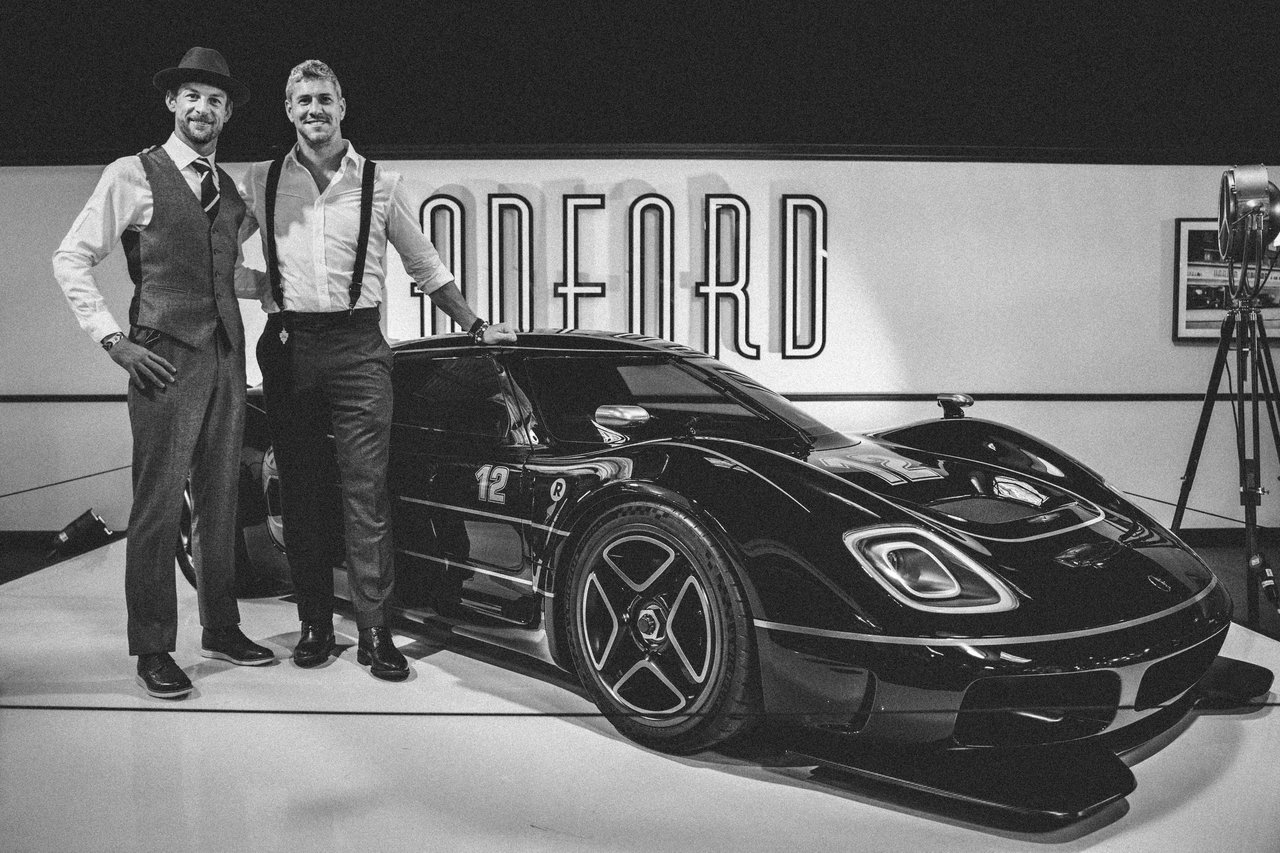
The Lotus Type 62-2 is the first car to be produced by coachbuilding firm Radford in more than half a century. Having revived the brand in California, Wheeler Dealers' Ant Anstead was keen to bring Radford to the global stage, so he teamed up with F1 champion Jenson Button to dial in the dynamics and designer Mark Stubbs to pen the gorgeous looks. With such an all-star line-up promising great things, we had to find out more about the new super-limited supercar – and who better to ask than the men behind it all…
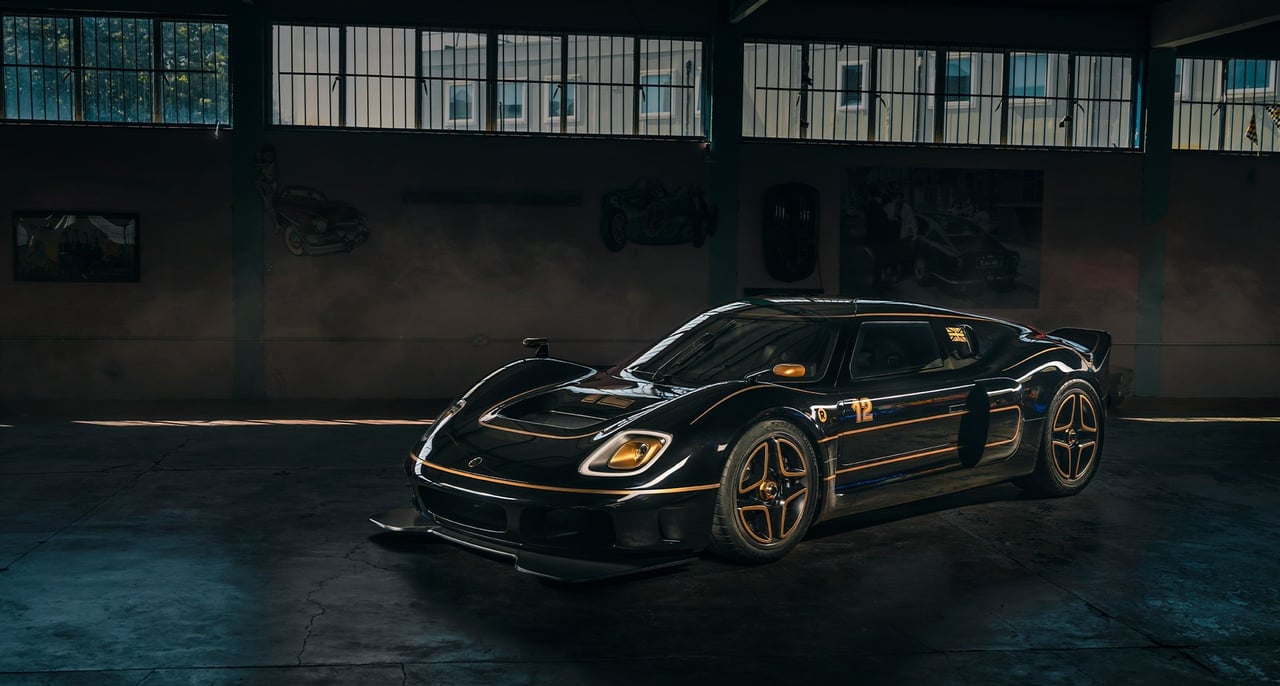
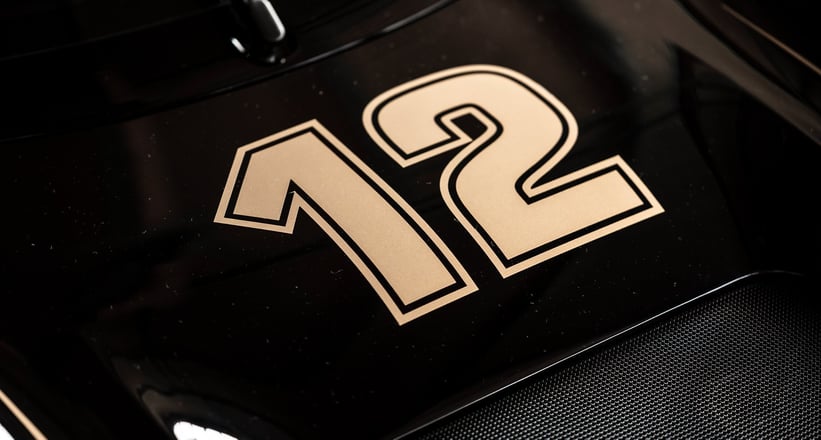
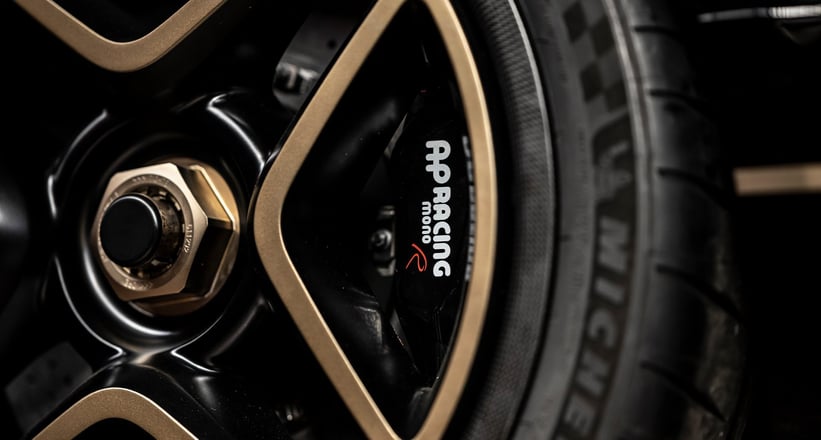
Firstly, How does the Type 62-2 compare to the other new Lotus, the Emira?
Ant: “The Emira is completely different; it’s a great car, classic Lotus, light and handleable. This is a very coachbuilt car. Although we started with the Exige platform – the B-surfaces are Exige – this is totally different. It’s longer and has new wishbones, new suspension, new arms, new uprights, a new exterior and a new interior.”
Jenson: “The only thing remaining from the Exige is the chassis and the bottom end of the engine; the rest is totally coachbuilt.”
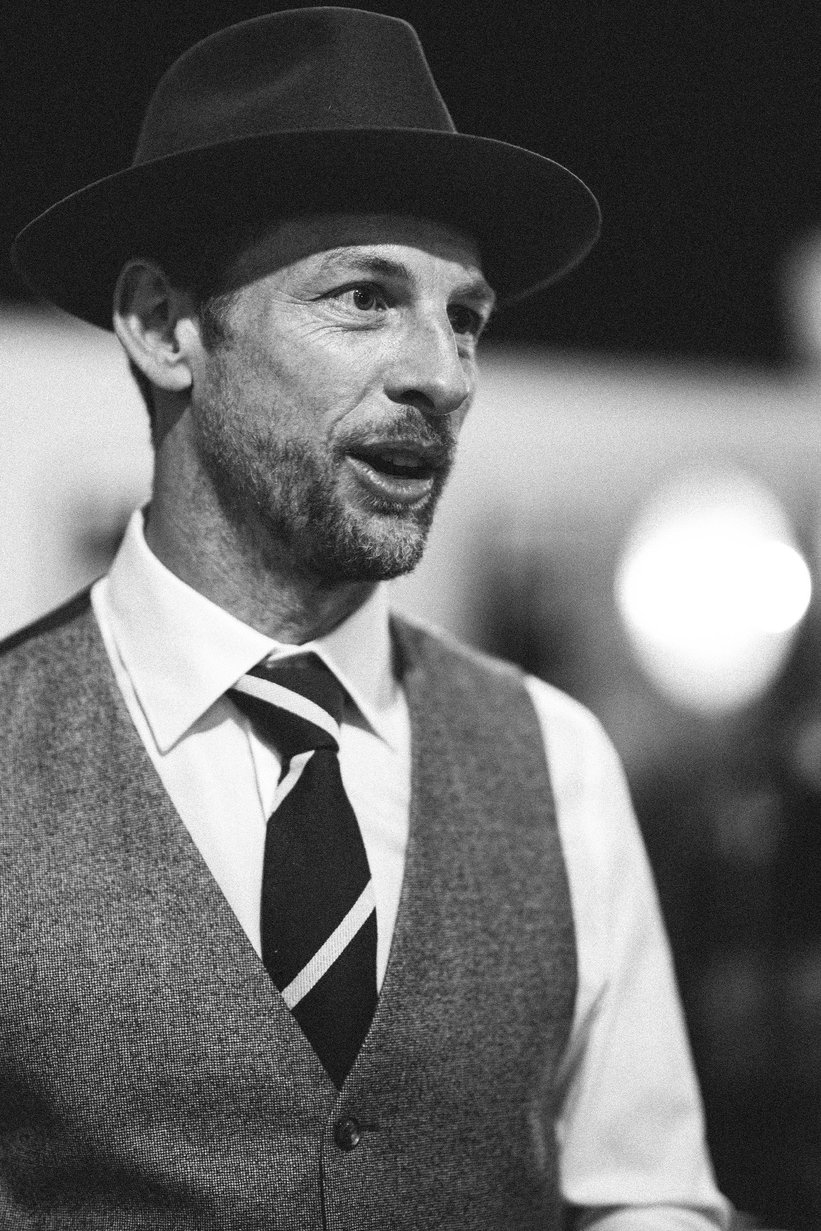
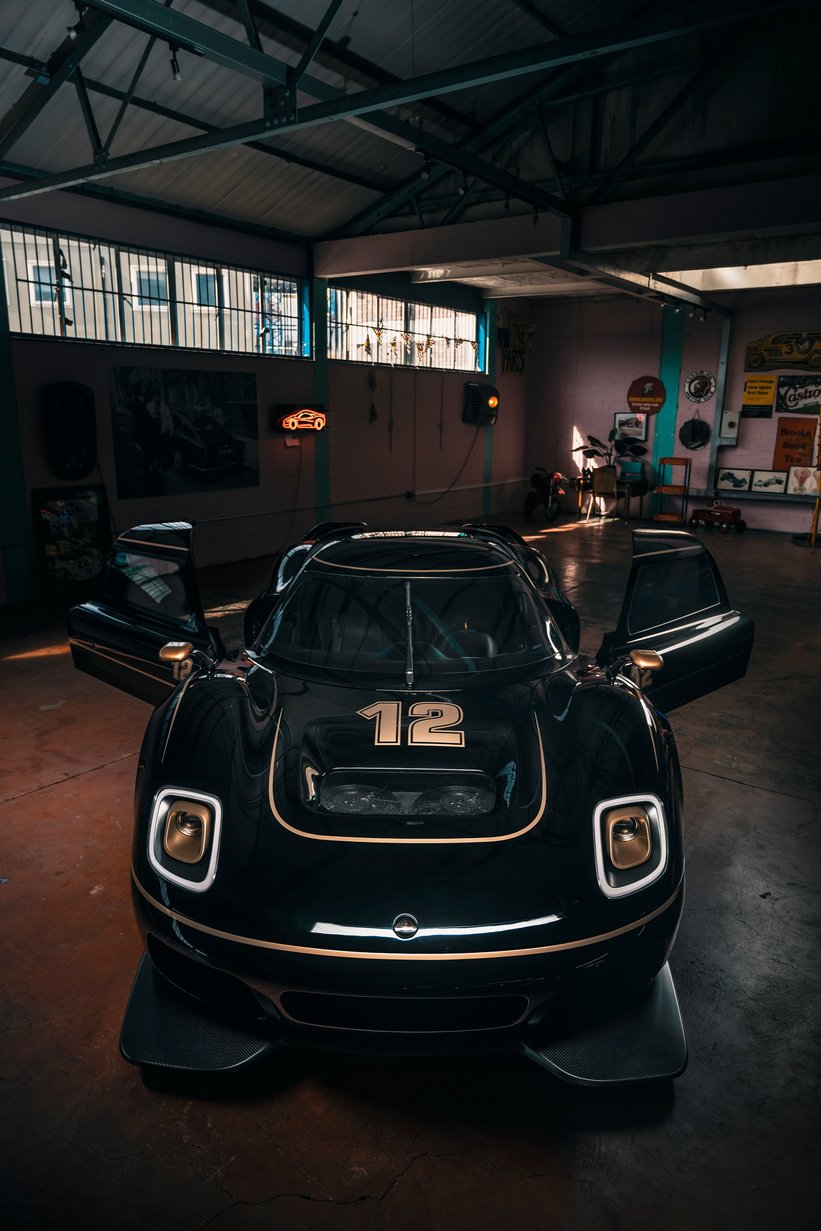
Jenson, what characteristics were you trying to instil in the Type 62-2?
“I’ve owned many supercars over the years and driven many more. The big issue for me with most of them is I think “Oh my God, it looks beautiful,” but when I jump in, it doesn’t quite feel right. I drive away and at speed it’s great, but then it doesn’t work in traffic, or it’s great in traffic, but doesn’t work in the canyons or on track.
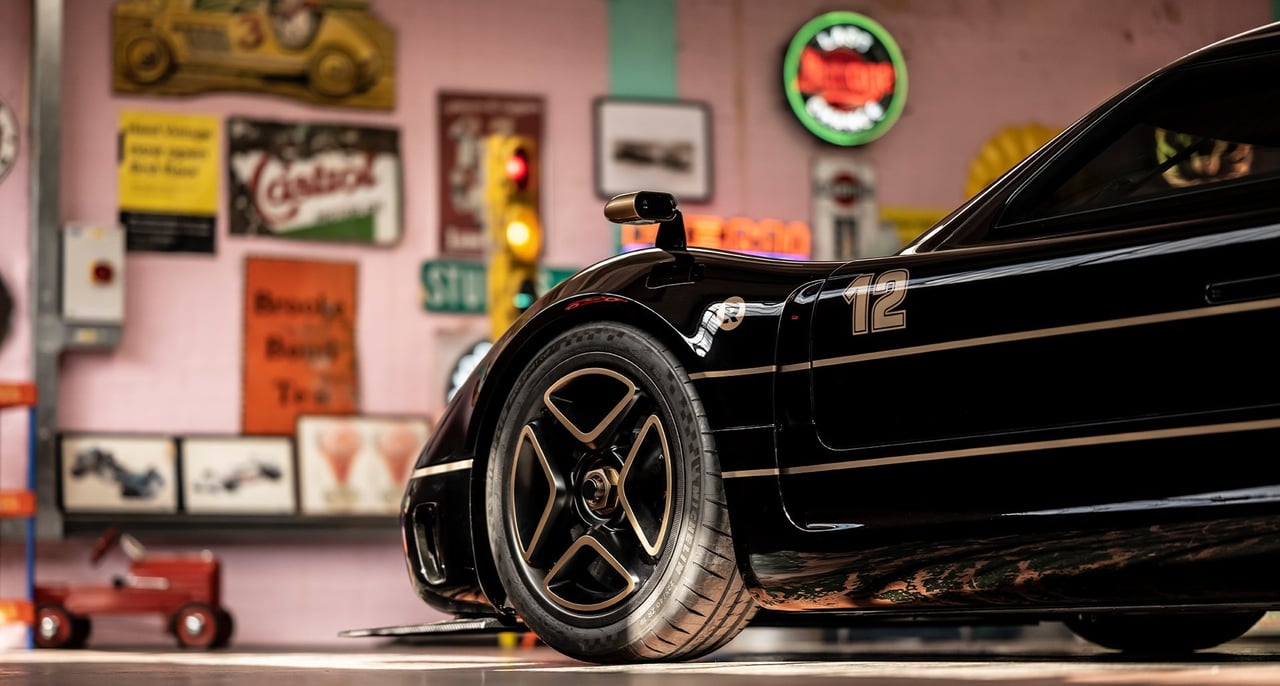
“For me, it has to work everywhere; it needs to be a great track car if people want to track it, but most people are going to be driving it in the canyons and then on motorways – or freeways, as we say in America. The worst freeway in the world, in terms of how busy and bumpy it is, is the 405, so it’s the best place to test and understand a car. When you have a supercar or hypercar with a manual gearbox, usually the pedals aren’t in the right position or there’s some other ergonomic compromise, so it was about making sure you feel comfortable in the car, and that you’re always smiling, even in traffic.”
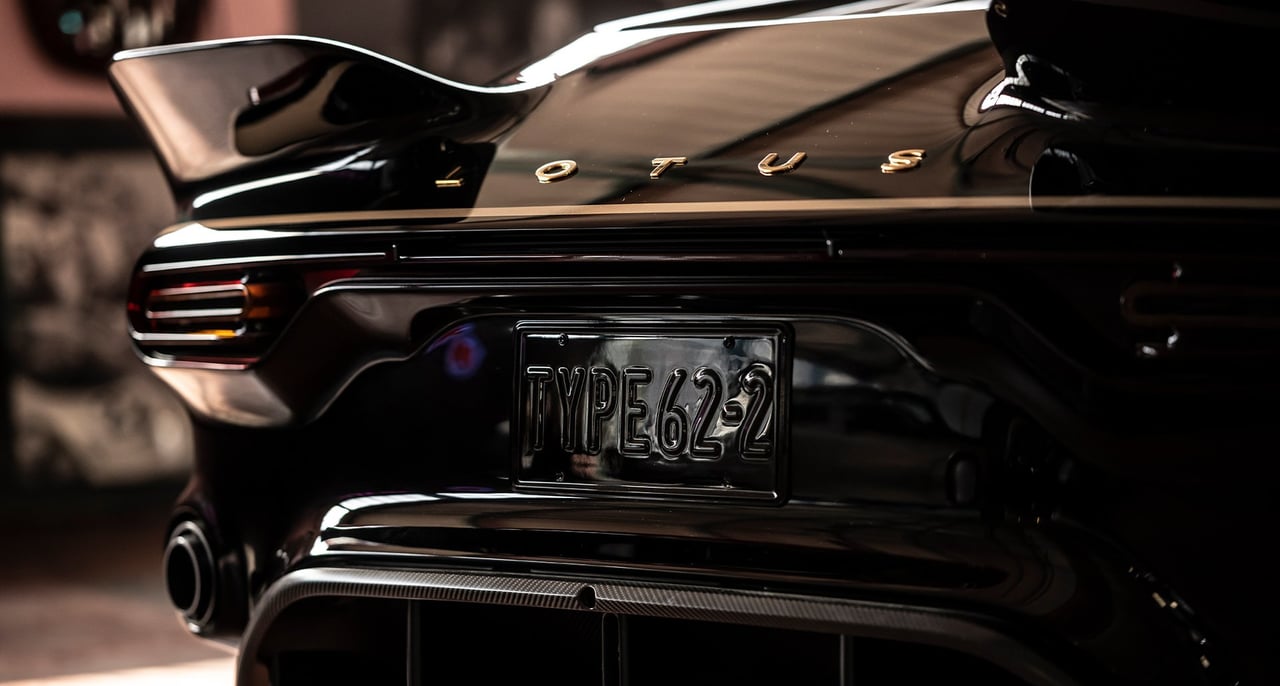
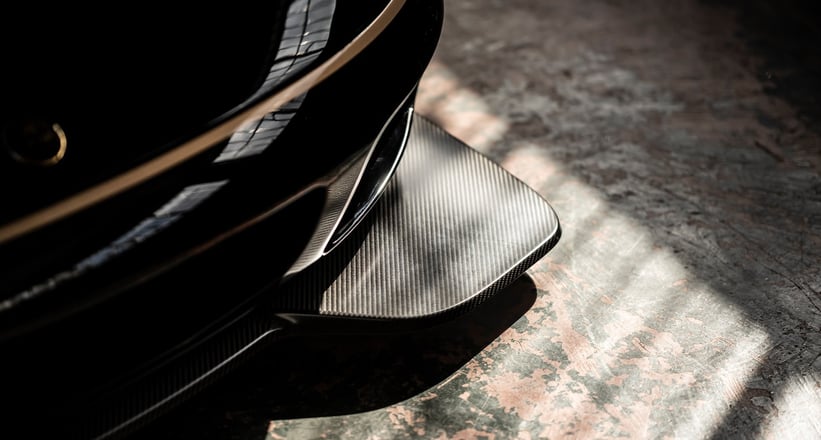
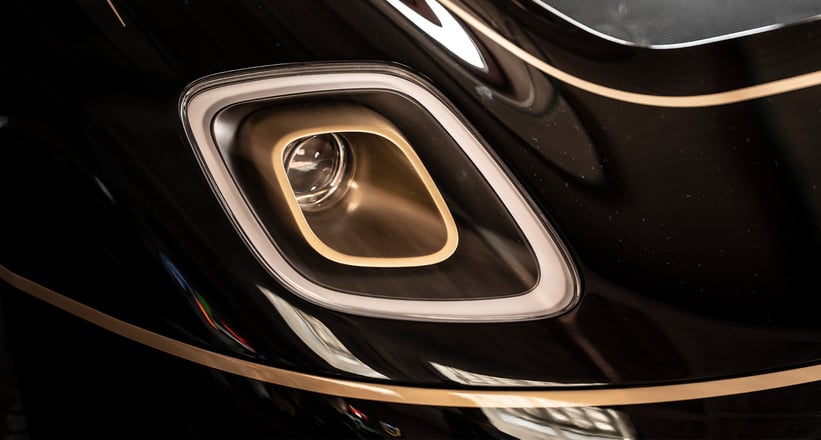
So far, you’ve presented three versions of the Type 62-2: this JPS-inspired car being the last. How do the three differ in terms of personality?
Ant: “One of the reasons we have the three different cars is to show clients what’s possible. In true coachbuilding form, we’ve so far revealed the Classic, the Gold Leaf – which is kind of mid-range – and the JPS. Starting with the Classic, styling-wise it doesn't have the ducktails, but this is a coachbuilt car, so the customer can say “I want a third ducktail” and we’re more than happy to make it happen. The reason why we have a middle-of-the-range Gold Leaf car and then the bonkers JPS, is because we started with the same platform and then went two different routes. The JPS car was informed by Jenson, who wanted carbon wheels, exposed carbon and more power, and mine is the Gold Leaf, because I have more style! We’ve got some really eccentric customers, as you can imagine – there are only 62 of these, so it attracts clientele who want something really unique, which results in some bizarre requests. So although we’ve revealed the Classic, Gold Leaf and JPS, what I’m really looking forward to is showcasing our customers’ own tastes and designs through the cars they order.”

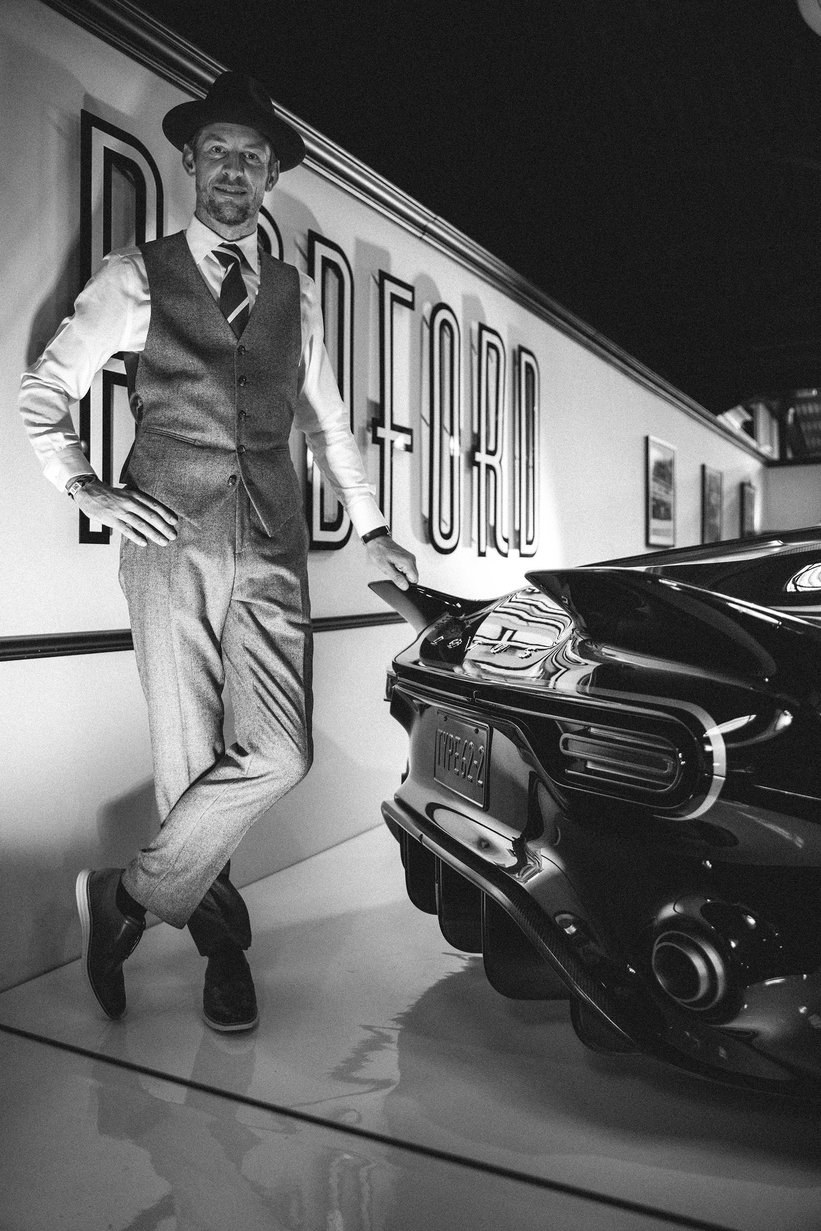
So how does setting up a road car differ to setting up a race car – is it a completely different ballgame?
Jenson: “A road car needs to work in different scenarios to a race car, so you do have to compromise a little bit, and every road car is compromised in different ways, but it’s about getting the compromise correct. With my experience working with different race cars over the years, I think I’ve become pretty good at finding that compromise. You can’t have a complete race car for the road, because a race car needs to be quite pointy, it needs to have a strong front end, and if you put that on the road, it’s unpleasant and dangerous.”
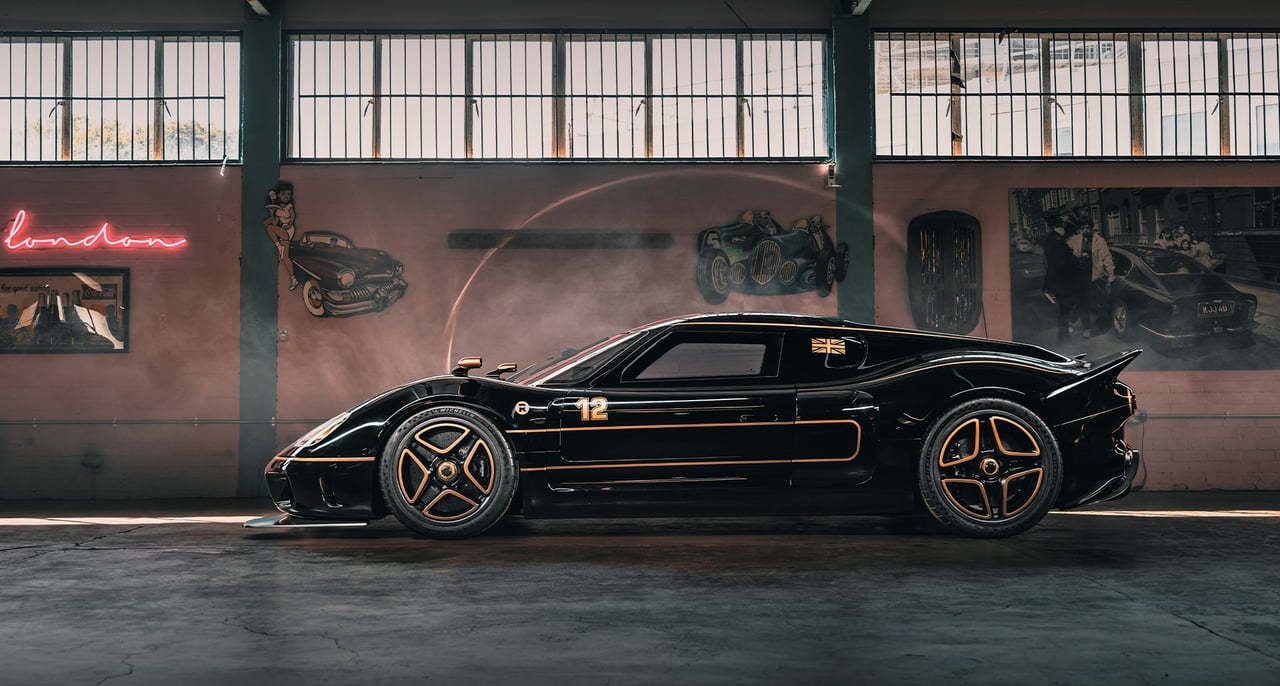
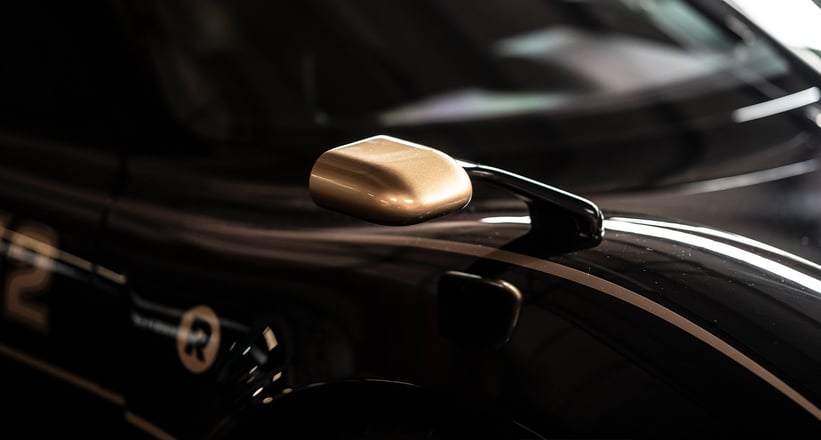
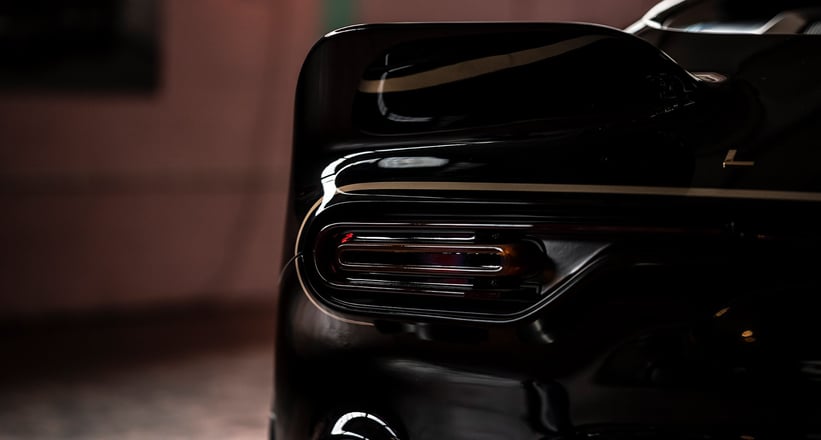
Ant, for you what makes Radford great as a brand?
“It boils down to timing: we’re currently living in this really interesting era where heritage is back, coachbuilding is back, shared platforms are back and the world is having to move to an alternative fuel. Ultimately, everyone is going to need to share technology for everything to work, and nobody has the full package yet. Cars like this are going to become rarer; they’re becoming more desirable and they’re artistic. Radford has a really interesting social history, all the Beatles’ Minis were customised by Radford. For example, Ringo Starr’s had a custom boot to accommodate his drum kit. And many Americans don’t realise that the first-ever GT40 wasn’t built by Ford, it was built by Radford. We’re hoping to uncover and share a lot of “I never knew that!” moments from Radford’s past like that with the world.”
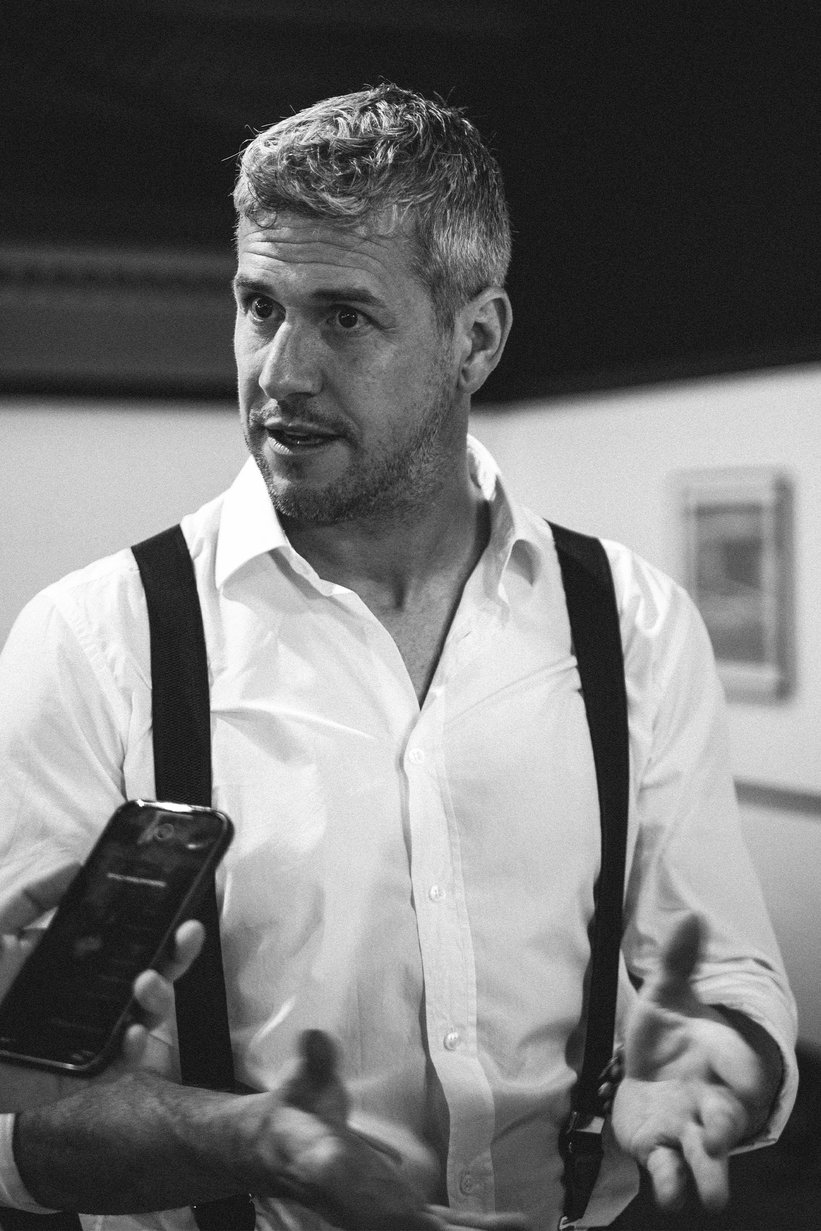
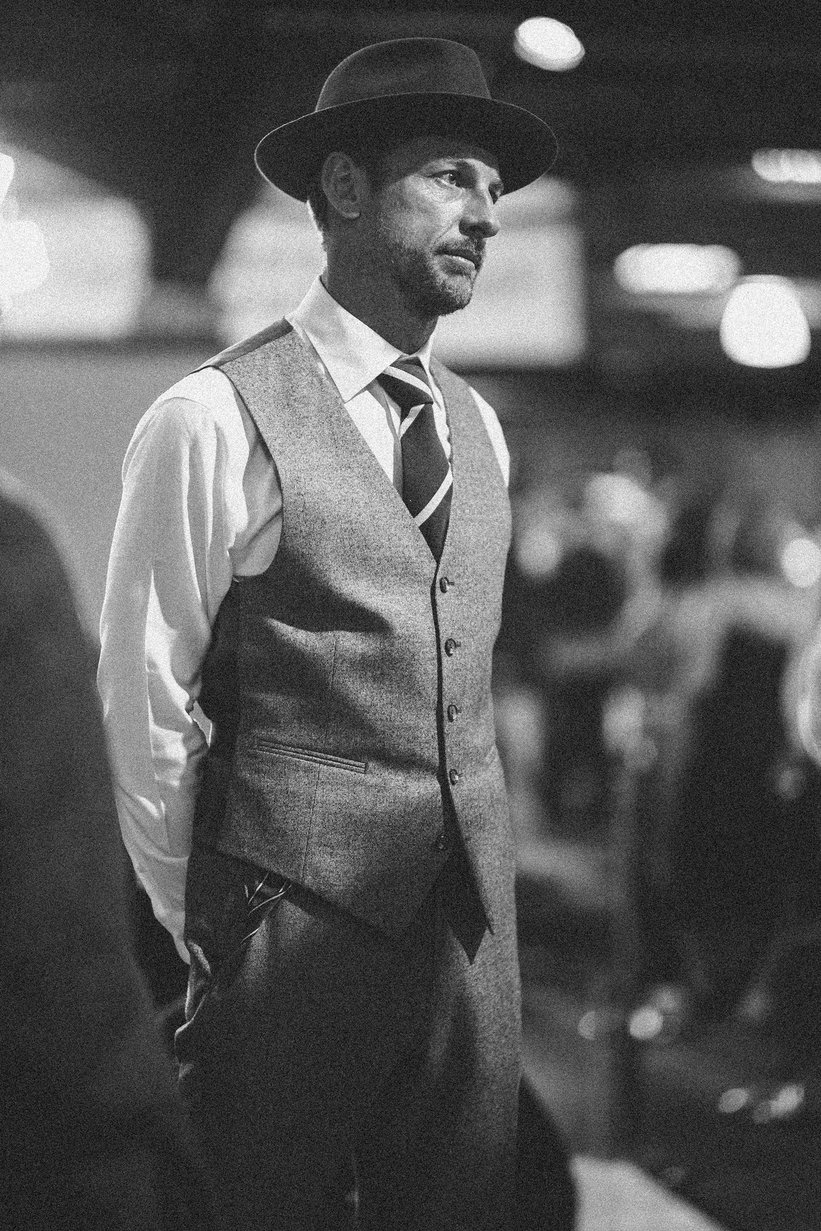
Obviously, the Type 62-2 has a very different philosophy; how does it compare to the current crop of supercars?
Jenson: “I think the difference compared to most cars out there is the weight. It’s super-light and has a very light aluminium chassis, so it’ll be around 1,000kg. A lot of people have to put big horsepower into cars because they’re so heavy. This still has 600hp, so it has a really good power-to-weight ratio. Look at F1 cars. When I was racing, it was around 600kg with the driver, but now it’s around 800kg; that’s a hell of a lot of weight, and it changes everything. With heavier cars, everything hurts more: the suspension, the brakes – everything deteriorates with each lap. Because the Type 62-2 is so light, on track you’ll have much more consistency in terms of lap times and driving feel.
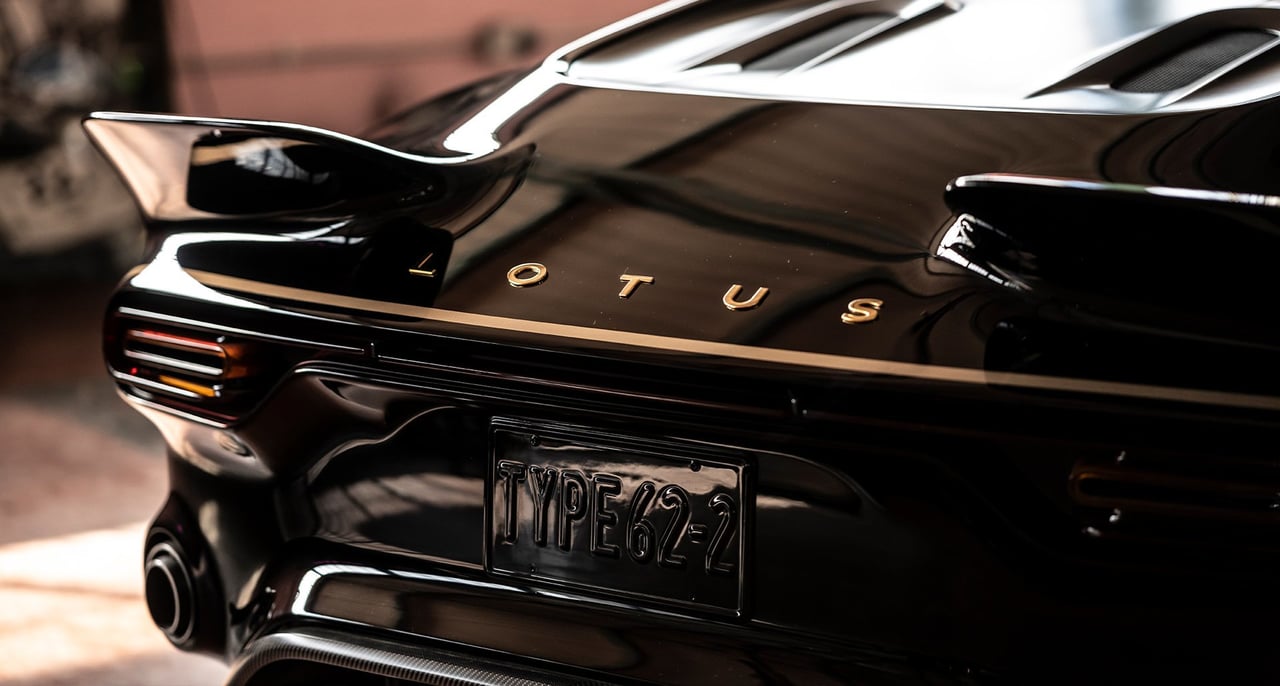
“Compared to an Exige, it’s a bit longer and wider, but compared to an original GT40, it’s about 6cm taller – so it’s probably the same height as the new GT40. Supercars are getting very big, so it’s nice to have something that’s quite compact; a lot of people buying the car are excited to have something that isn’t humongous.”
Ant: “What’s really interesting is at the beginning of the project we set ourselves a mission statement from two perspectives: what Colin Chapman would do and what Harold Radford would do. At a time when everybody was putting more weight and power into their cars, Chapman was taking it away, and that’s happening again here with the Type 62-2.”
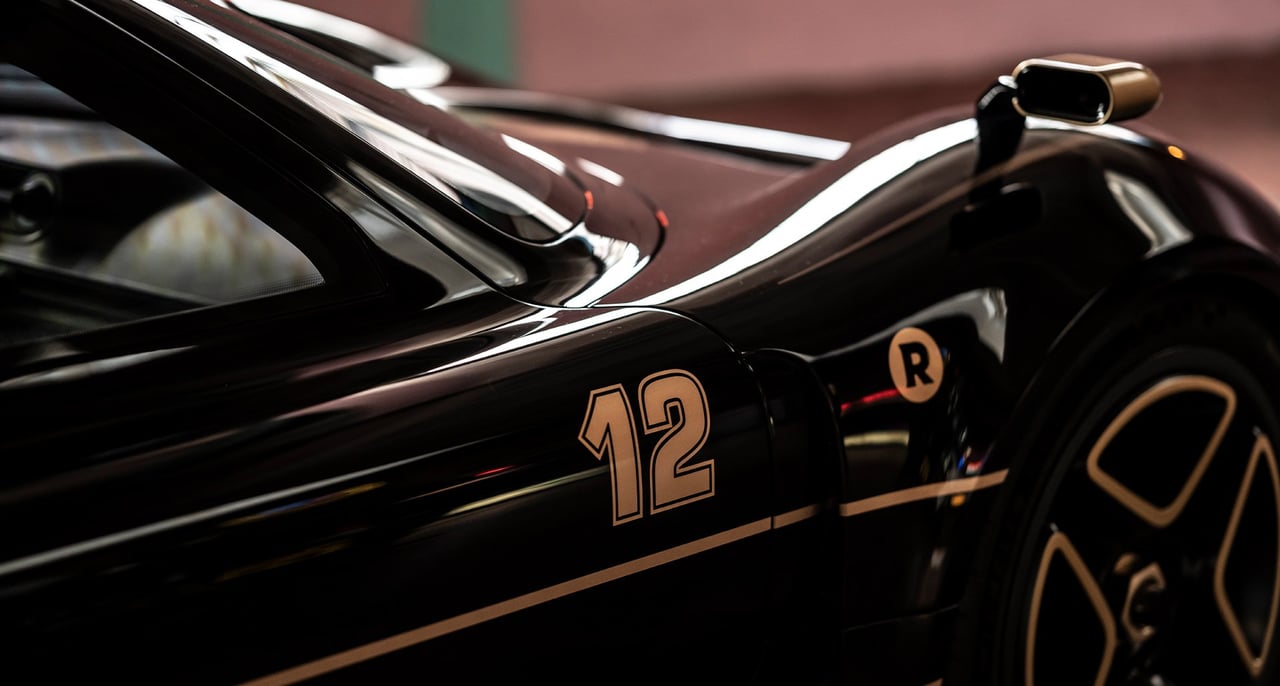

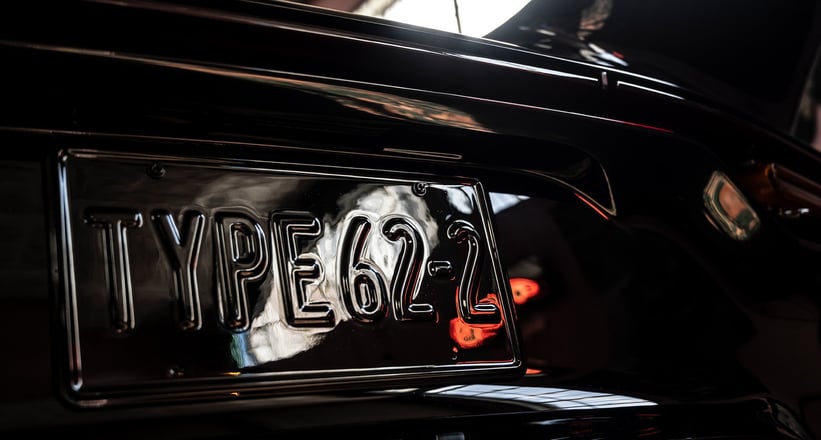
Jenson, what do you think current supercars are lacking, and how have you tried to reintroduce that with the Type 62-2?
Jenson: “I think it’s the pureness, and that’s the most important thing for me. We’re not the only people doing that now; if you look at what Singer is doing, it’s unbelievable, and I think they were the first to start doing it.”
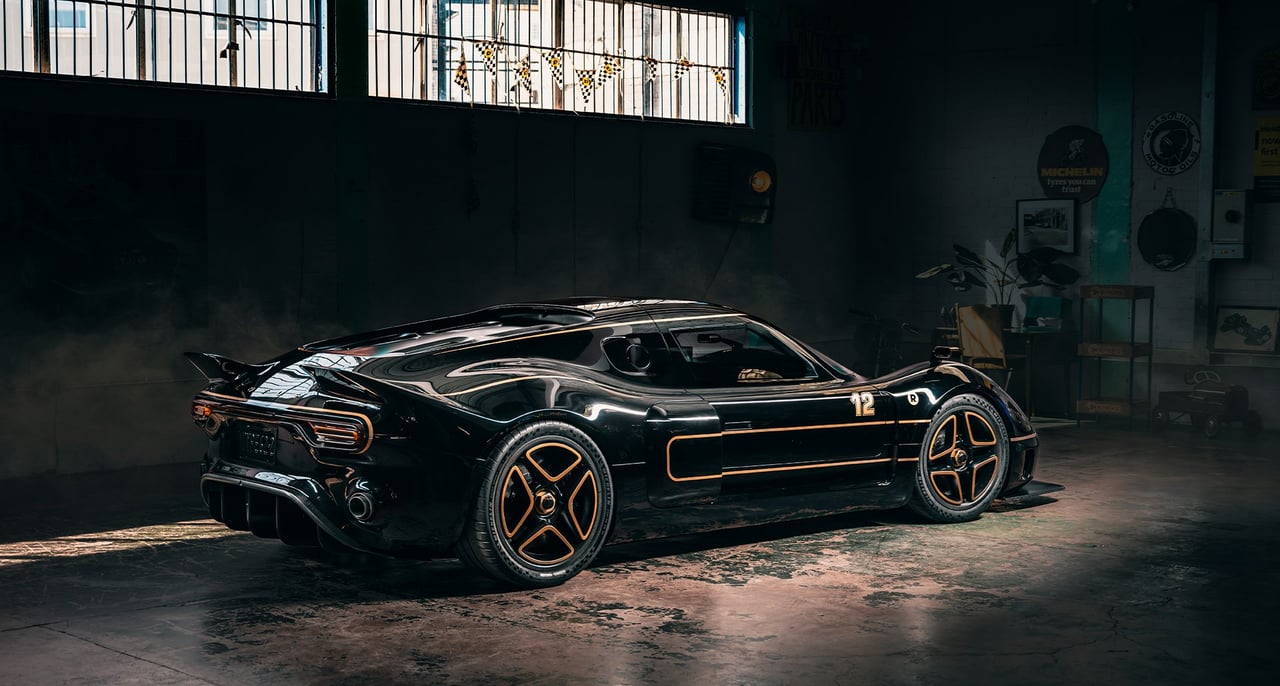
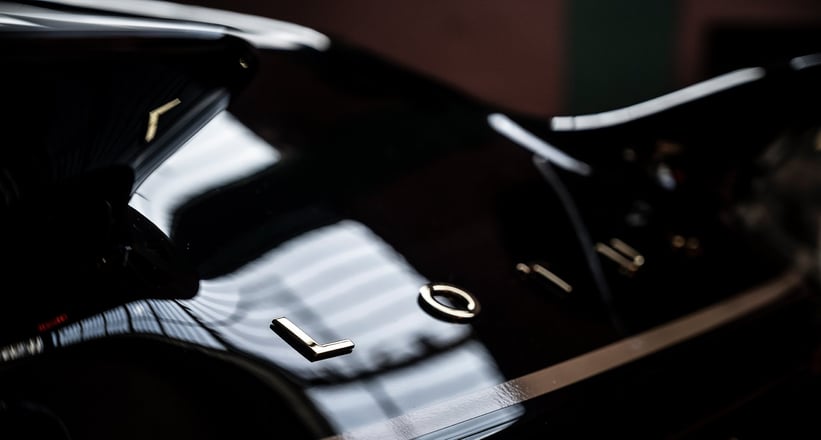
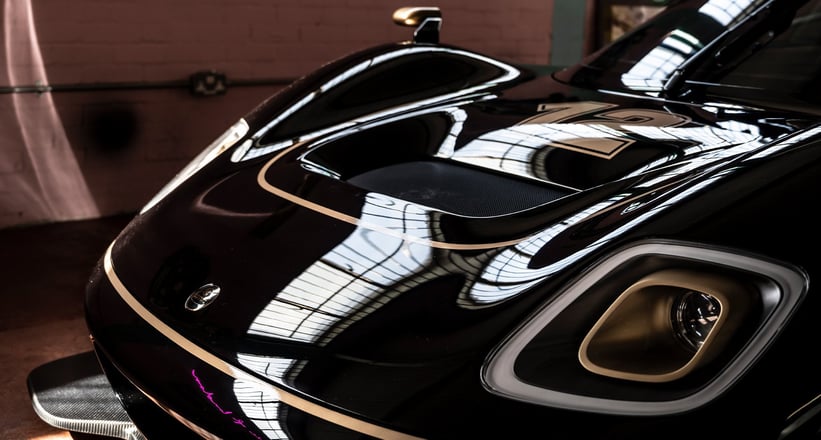
To conclude, which cars can we expect to get the Radford treatment in future?
Ant: “Our second car will be announced probably in Q1 of 2022. It’s already well underway, fully developed. Jenson has already had a drive, and it’s not a sports car.”
Jenson: “It’s not a Mini!”
Ant: “But it is British, and the Brits are gonna love it!”
Jenson: “Yeah, they’re gonna go nuts for it, but first we have to build these.”
Ant and Jenson, thank you so much for talking with us! We can’t wait to see what Radford does next...
Photos by GF Williams and Huck Mountain for Classic Driver





























